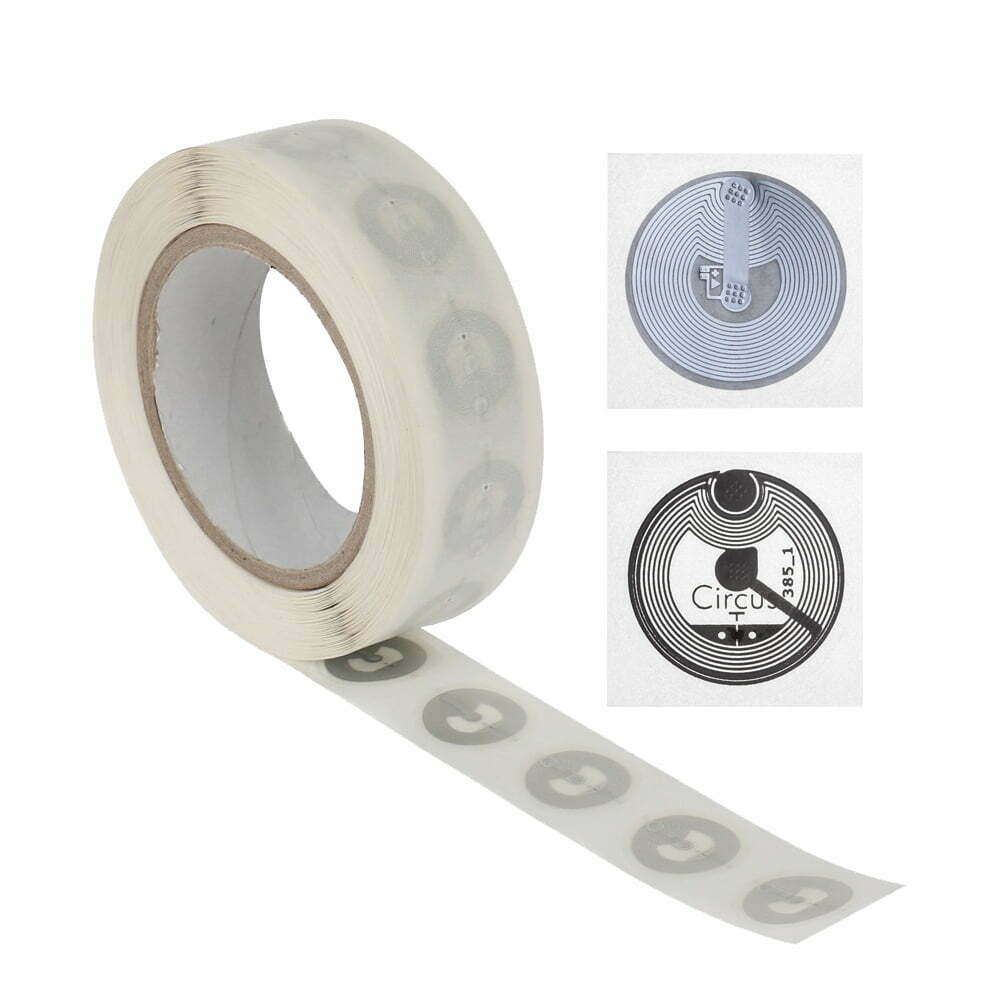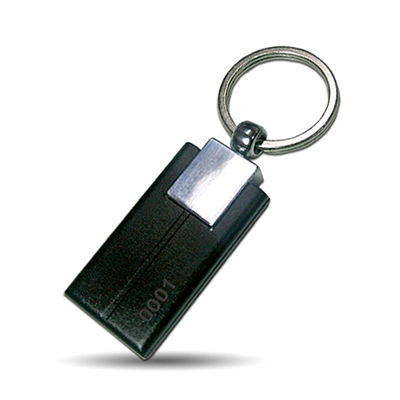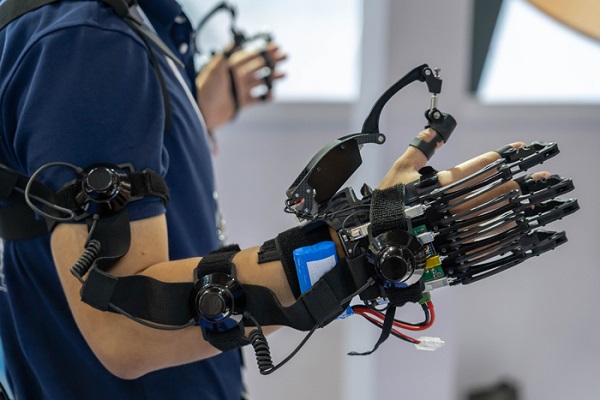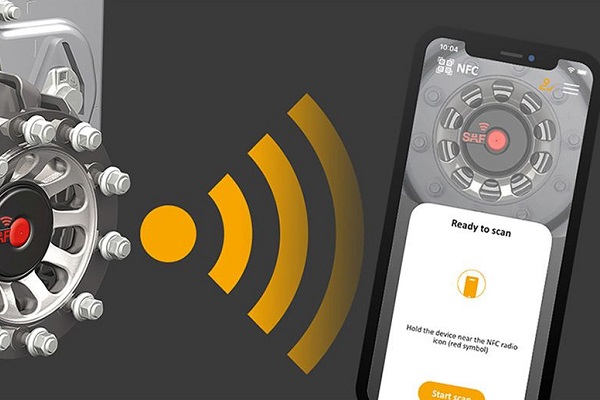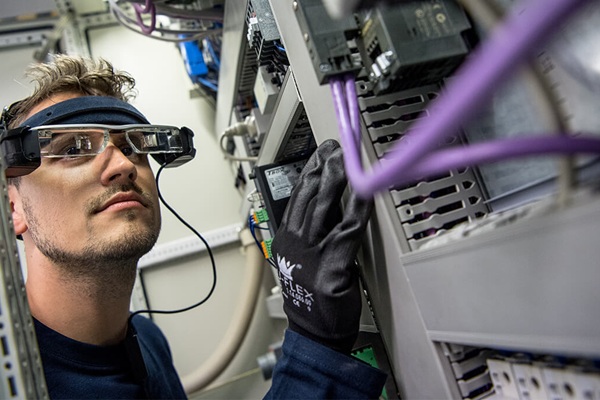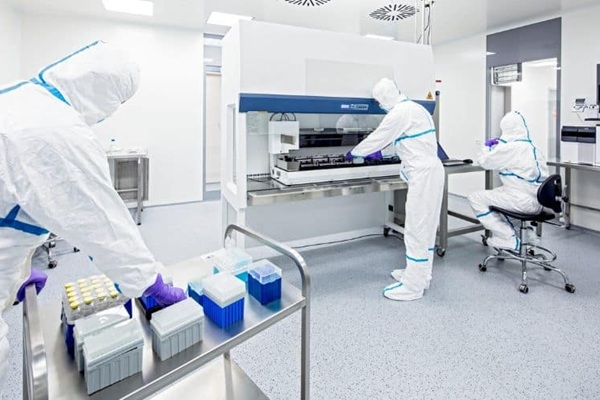In the 10,000-scale exhibition scenario, RFID technology has achieved a breakthrough change from ‘long queue’ to ‘zero congestion’ by reconstructing the check-in process, optimising the flow control and integrating intelligent algorithms. Its core lies in the identification, rights management, data interaction of the three major functions integrated in the size of a grain of rice in the RFID chip, through the non-contact identification, multi-tag parallel processing, dynamic path planning and other technologies, to build up a smart check-in ‘invisible nervous system’.
The core structure of intelligent check-in: from ‘people looking for the system’ to ‘system looking for people’
RFID check-in system consists of tag layer, perception layer and decision-making layer:
Tag layer: participants wear RFID wristbands / badge built-in globally unique ID, can store the name, position, authority and other information to support more than 100,000 times read and write, waterproof and tamper-proof.
Sensing layer: deployed at the entrance of the UHF RFID reader, with anti-collision algorithms, can identify more than 50 tags within a range of 3 metres at the same time, recognition speed of 0.1 seconds / person. Na przykład, after adopting this technology in a technology summit, the peak efficiency of the main venue entrance was increased to 180 people per minute, saving 35 minutes compared with traditional paper check-in.
Decision-making level: The backstage system analyses the sign-in data in real time and dynamically adjusts the number of open gate channels. Na przykład, when it detects that the flow of people exceeds the threshold in a certain period of time, it automatically activates the backup channel and pushes the optimal entry route to the participants through APP to avoid local congestion.
The technical code of zero congestion: three major disruptive innovations
(I) Sensorless Passage: millimetre-level precision and millisecond-level response
- Non-contact identification: participants do not need to stay, walk through the channel to complete the sign-in. The RFID sensorless check-in system adopted in the Luoyang Conference and Exhibition Centre handles 400 person-times in 10 minutes, with a per capita time consumption of only 1.5 seconds.
- Multi-tag anti-interference: through the time division multiple access (TDMA) tree search algorithm, even in the extreme scenario of 10,000 people at the same time, the system is still able to accurately identify each tag, the misreading rate is less than 0.01%.
(ii) Dynamic traffic diversion: from passive diversion to active regulation
- Permission hierarchy management: the system automatically identifies different roles of VIPs, exhibitors and ordinary visitors, opens exclusive fast channels for VIPs, and guides ordinary visitors to the free channels at the same time. Na przykład, the RFID wristbands for exhibitors at an international auto show can directly open the booth access control, reducing the secondary verification time.
- Real-time heat map: Through 500+ readers distributed in the venue, the system generates real-time heat maps of people flow. When the number of people in a certain area exceeds the safety threshold, it automatically pushes a red warning to the staff terminal and links the broadcasting system to guide the crowd to divert.
(iii) Data-driven: from check-in tool to management hub
- Behavioural analysis: By tracking the movement of labels, the system can analyse data such as the length of stay of attendees and the distribution of popular exhibition areas. Using this feature, a consumer electronics exhibition found that the stay time in the smart wearable device exhibition area was 40% longer than expected, so the interactive experience area was temporarily increased, and the conversion rate increased by 27%.
- Emergency Response: In case of fire and other emergencies, the system can quickly generate optimal evacuation routes through tag positioning and push evacuation instructions to attendees through wristband vibration, which improves evacuation efficiency by more than 3 times.
Practical Cases: From Technology Verification to Scale Landing
(I) Benchmarking Practice in Large International Exhibitions
The RFID check-in system deployed by RFIDHY at the EuroCIS 2025 retail exhibition in Germany achieved the following results:
- Entry efficiency: the main entrance speed reached 200 people/minute, which was 10 times higher than the traditional code-sweeping check-in.
- Data value: By analysing the check-in data, the organiser found that 10-11am was the peak time for entry, so it adjusted the time for exhibitors’ demonstration, which increased the exposure rate of core products by 45%.
(ii) Localised Innovation for Domestic Exhibitions
The 5G+RFID sensorless check-in system used in the Luoyang Conference and Exhibition realizes millisecond transmission of check-in data through 5G network and real-time docking with the public security system to automatically intercept blacklisted people, and at the same time generates the behavioural profile of attendees, which provides decision-making support for the organizer.
Contact us for a demonstration of RFID tag information recognition.






